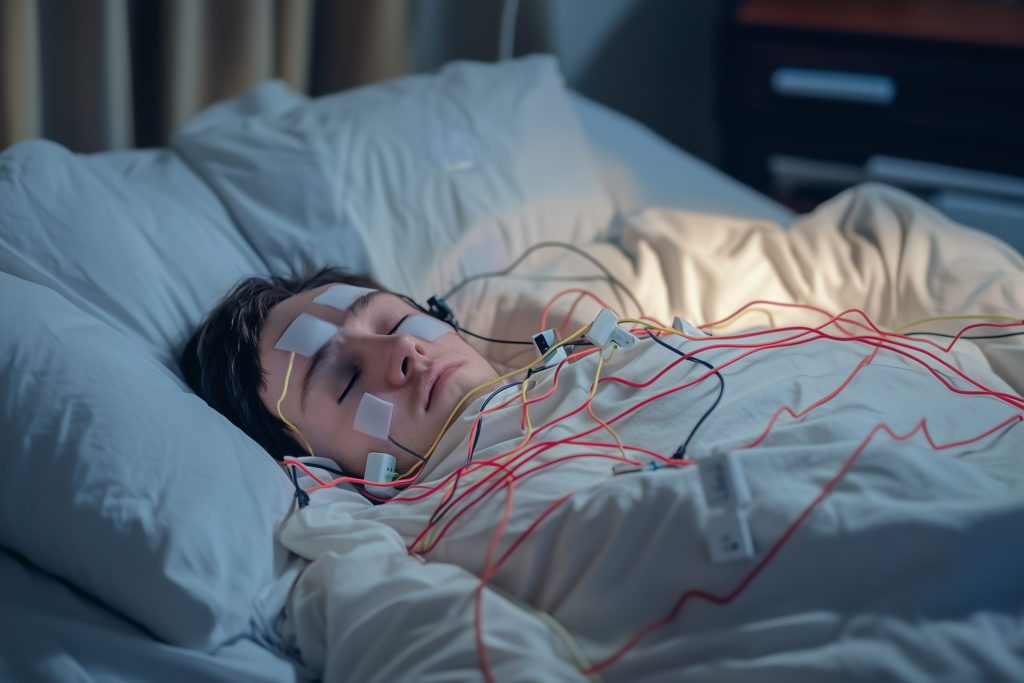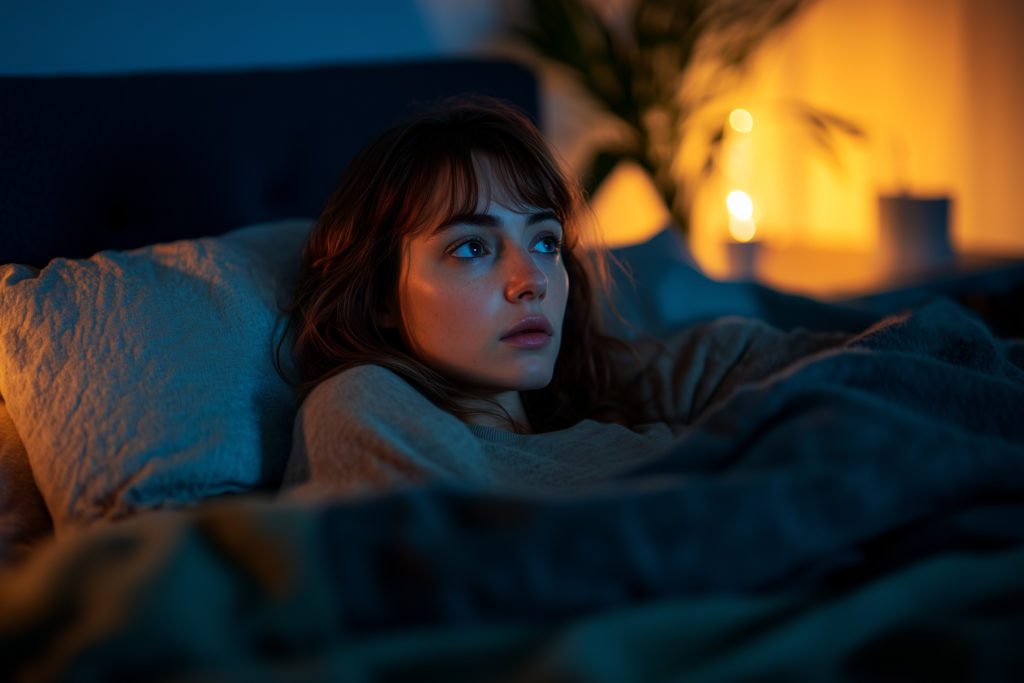
7 Statistics About Sleep That Will Surprise You
Explore surprising sleep statistics to better understand how your sleep qualities, such as snoring, dreaming, or insomnia, compare to the habits of others.

Have you ever wondered just how common your sleeping habits are? Whether you find yourself snoring or sleep-deprived, you may be surprised to learn just how many others are in the same boat and what these statistics can say about your health.
7 Sleep Statistics
When it comes to our sleep habits, many things can remain elusive. However, statistics can offer greater insight into our sleep.
More Than One-Third Of Adults Do Not Get Enough Sleep
Do you know how much sleep you need each night? Adults need, on average, 7-9 hours of sleep each night, but the better question may be whether you even clear the minimum. Studies have found that more than one-third of adults don’t meet these goals, and it can have some consequences for their health.
Research has found that sleeping less than 7 hours each night is associated with a higher risk of diabetes, obesity, coronary heart disease, high blood pressure, frequent mental distress, stroke, and all-cause mortality. Furthermore, insufficient sleep can impair your cognitive performance, placing you at a greater risk of car or work-related accidents.
It may be common to be sleep-deprived, but that doesn’t make it any less dangerous.
Snoring is Common
If you’re a snorer, you’re not alone. Estimates find that 30% of men, 10% of women, and up to 27% of children snore. Of these demographics, men are the most likely to snore, and it is likely because of their anatomy—men often hold more weight around their necks, which can result in a narrowing of their airways, leading to snoring.
However, snoring is often tied to sleep apnea, with up to 70% of those who snore diagnosed with sleep apnea. It’s estimated that nearly one billion adults worldwide are affected by obstructive sleep apnea, but 80-90% of these cases remain undiagnosed.
Knowing that most cases of sleep apnea go undiagnosed, it can be helpful to know the symptoms, which include:
- Loud snoring
- Excessive daytime sleepiness
- Waking during the night and choking or gasping
- Observed episodes where you stop breathing during sleep
- Mood changes, such as irritability or depression
- Morning headaches
- Waking up with a sore throat or dry mouth
- Decreased libido
- High blood pressure
If you notice any of the above signs, enquire with your doctor about a sleep study.
Up To One-Third of Adults Have Chronic Insomnia
Insomnia includes difficulty falling or staying asleep, and it affects nearly one-third of adults on a nightly basis. As it stands, insomnia is the most common sleep disorder.
Many things can contribute to insomnia, including stress, taking a nap too late in the day, hearing noise pollution as you try to sleep, or even being on your electronics right before bed.
Certain people are also more susceptible to insomnia, as well. Women, in particular, are 40% more likely to have insomnia than men.
If you have insomnia, try the following:
- Follow a regular schedule. Going to bed and waking up at the same time each day helps to regulate your circadian rhythm, which then leads to the regulation of hormones such as melatonin, the sleepiness hormone.
- Optimize your bedroom. To help you fall asleep, be sure your bedroom sets up the stage for success. Keep your bedroom dark, cool, and quiet, and keep electronics and their bright lights out of the bedroom when trying to sleep.
- Exercise. Research has shown that athletes are typically highly efficient sleepers, which suggests that exercising can help you fall asleep more easily.
You Spend 2 Hours Dreaming Each Night
You may not be able to remember any dreams come morning, but it’s estimated that we spend around two hours dreaming each night, with this primarily occurring during REM sleep.
Dreaming can serve an important purpose; it allows you to process your emotions, sometimes having them play out in odd scenarios. Analyzing your dreams may even offer greater insight into what is troubling you or inspire a work of creativity.
Sleep Disorders Are Common
Looking beyond just insomnia and obstructive sleep apnea, other types of sleep disorders are common, as well.
For instance, restless legs syndrome affects 5-10% of adults and 2-4% of children. 1 in every 2,000 adults has narcolepsy, and 8% of people have had sleep paralysis. Parasomnias are common, as well—68% of adults have talked in their sleep, and 23% have walked.
Researchers have also been able to pinpoint scenarios that increase your likelihood of having a sleep disorder. For example, those with irritable bowel syndrome (IBS) are 37.6% more likely to have a sleep disorder, while 35 to 60% of postmenopausal women have a sleep disorder.
90% of Adults With Chronic Pain Lose Sleep
Pain can be a significant hindrance to your sleep, having the ability to both keep you awake and rouse you from sleep during the night. Studies have shown that up to 90% of adults with chronic pain lose sleep. For some people, their pain may even cause them to wake up multiple times during the night.
Around 50% Of Those Who Are Pregnant Experience Insomnia
Nearly half of those who are pregnant struggle to fall asleep, whether because of pregnancy symptoms, discomfort from a growing baby bump, or anxiety associated with the labor process and caring for a newborn.
Insomnia is not the only sleep disorder to pop up in pregnancy; 1 in 5 women are affected by obstructive sleep apnea, and in the third trimester, up to one-third of people are affected by restless legs syndrome.
Understanding Sleep
When looking at these statistics, it can feel reassuring to realize that you’re not alone in your sleep struggles and even more reassuring that, if others have these same challenges, there’s a solution available to help.
Whether you suffer from insomnia or wonder if you dream at night, understanding your sleep habits can help emphasize the importance of getting enough sleep at night for both your mental and physical well-being.

Written by
Jessica G
Medical writer freelancer who has written hundreds of articles on varying topics. Masters of Engineering degree in Biomedical Engineering.
Download Pillow
Get help
Press & News
Legal
Connect
X (Twitter)
Company
Copyright © Neybox Digital Ltd.



